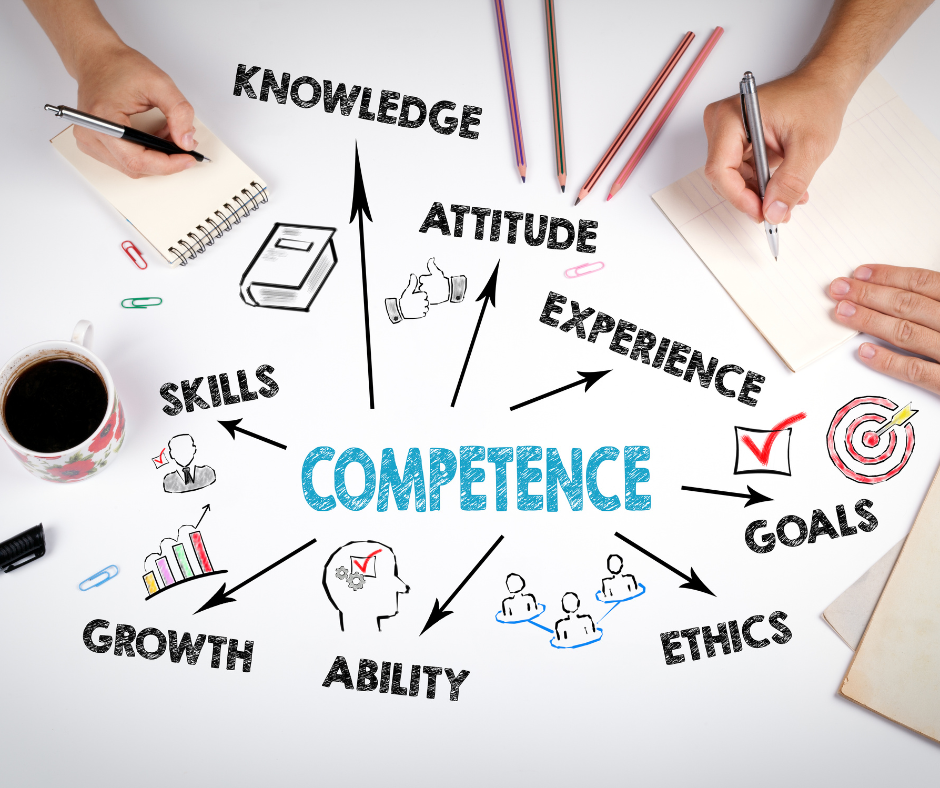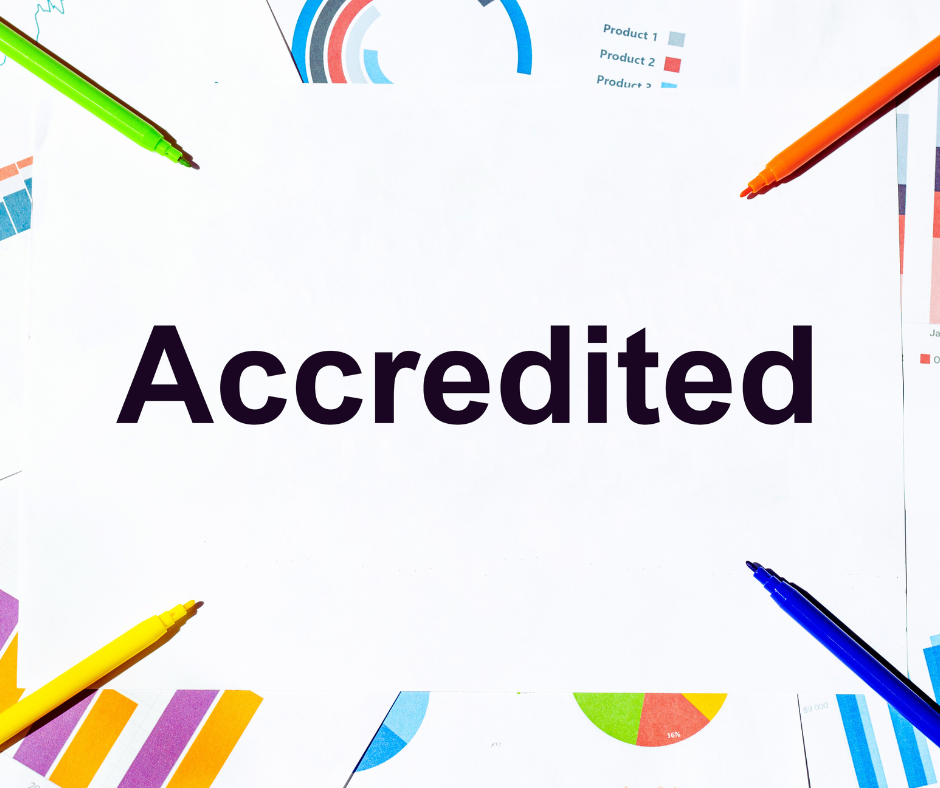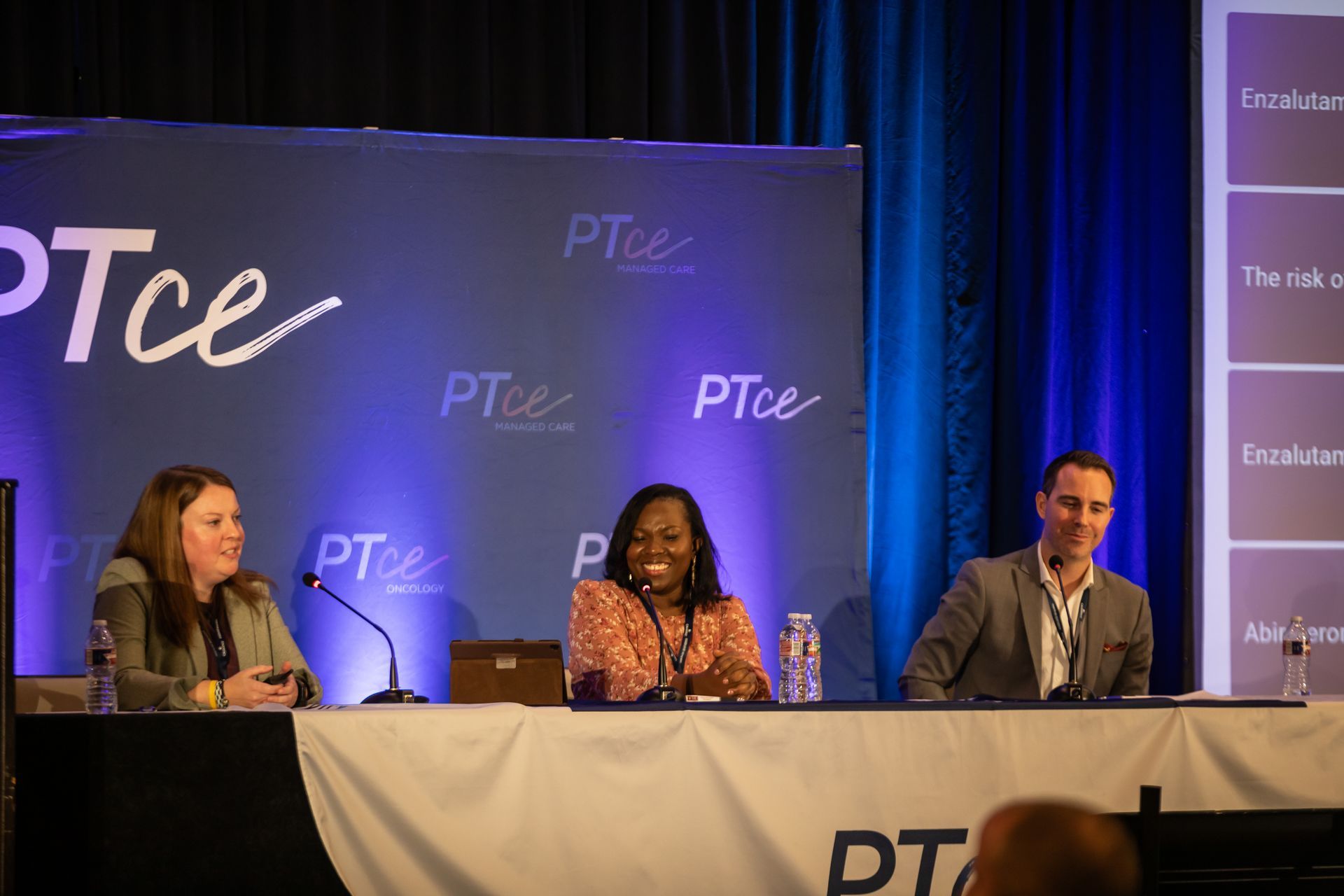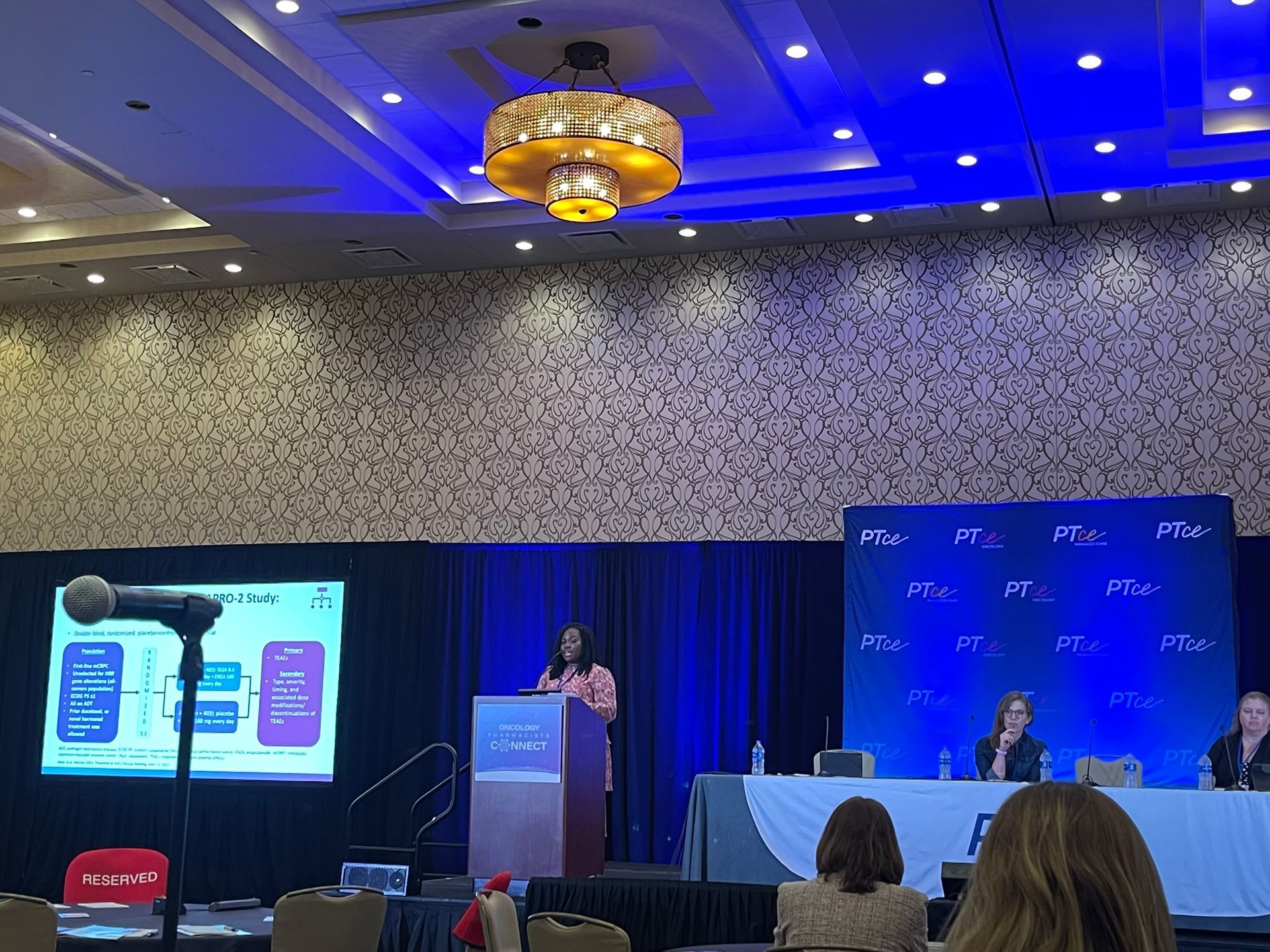Building Stronger Partnerships Between Ce Providers And Healthcare Organizations
Building Stronger Partnerships Between Ce Providers And Healthcare Organizations

Continuing education (CE) providers and healthcare organizations are vital components of the healthcare ecosystem, each playing a unique and indispensable role in ensuring the delivery of high-quality patient care. CE providers are responsible for the ongoing education and professional development of healthcare professionals, offering courses, workshops, and seminars that update them on the latest advancements, techniques, and protocols in medicine. This continuous learning is essential for enabling healthcare professionals to maintain their certifications, improve their clinical skills, and deliver evidence-based care in a rapidly evolving medical landscape.
Healthcare organizations, which include hospitals, clinics, and specialized care facilities, are where these healthcare professionals apply their skills and knowledge to improve patient outcomes. The collaboration between CE providers and healthcare organizations is fundamentally important because it bridges the gap between theoretical knowledge and practical application. By working together, these entities can tailor educational programs that are directly aligned with the real-world needs and challenges faced by healthcare practitioners.
Furthermore, building strong partnerships between CE providers and healthcare organizations fosters innovation in education, as stakeholders from both sides can collaboratively identify gaps in knowledge and skill. This joint effort ensures that educational content is not only current but also relevant to specific clinical settings and patient populations. With healthcare continuously evolving due to scientific advancements and regulatory changes, such partnerships are crucial for keeping healthcare professionals adequately prepared.
Ultimately, the synergy between CE providers and healthcare organizations contributes to a culture of lifelong learning and quality improvement within the healthcare sector. By prioritizing the alignment of educational goals with patient care objectives, these partnerships can significantly enhance the competency and effectiveness of healthcare professionals, leading to better health outcomes for patients.
The Importance Of Collaboration In Healthcare Education
Collaboration in healthcare education is vital for creating a seamless integration between continuing education (CE) providers and healthcare organizations. In an era where medical knowledge rapidly evolves, and patient needs are increasingly complex, fostering strong partnerships becomes essential to ensure that healthcare professionals are equipped with the latest skills and information. By working together, CE providers and healthcare organizations can create more comprehensive and relevant educational programs that directly address the actual challenges faced in clinical settings.
Healthcare organizations have firsthand insight into the gaps in knowledge and skills that need to be addressed among their staff. When they partner with CE providers, they can articulate these needs, enabling the development of targeted educational content that is both practical and aligned with the organization’s objectives. This ensures that the training received is immediately applicable, leading to improved patient outcomes and higher standards of care.
On the flip side, CE providers bring expertise in educational methodologies, offering innovative solutions to engage healthcare professionals effectively. By collaborating with healthcare organizations, they can tailor programs that not only convey critical information but do so in ways that optimize learning retention and encourage practical application. This mutual exchange of expertise leads to a more responsive educational model that is continuously refined based on feedback and evolving healthcare environments.
Furthermore, such collaborations enhance resource utilization by leveraging shared access to technology, specialists, and other educational tools, reducing redundancy and costs. By aligning their goals, CE providers and healthcare organizations can drive forward a culture of lifelong learning, critical for adapting to the dynamic landscape of healthcare. Ultimately, this symbiotic relationship is fundamental in building a more competent, informed, and agile healthcare workforce capable of meeting future challenges head-on.
Identifying Common Goals And Objectives
In the pursuit of building stronger partnerships between continuing education (CE) providers and healthcare organizations, identifying common goals and objectives is crucial. These partnerships have the potential to significantly enhance the quality of care delivered to patients by ensuring that healthcare professionals are well-trained and up-to-date with the latest medical knowledge and practices. To align efforts effectively, it is important for both CE providers and healthcare organizations to engage in open dialogue to understand each other's priorities and perspectives.
For these partnerships to thrive, CE providers and healthcare organizations must first recognize the shared overarching goal of improving patient outcomes. By focusing on this mutual objective, both parties can work cohesively towards developing and implementing educational programs that directly address the needs of healthcare professionals and, ultimately, benefit patient care. Through collaborative discussions, they can determine which specific areas of professional development are most critical and require the immediate attention of the educational programs.
Furthermore, it is essential to acknowledge the role of regulatory requirements and accreditation standards in shaping the goals of these partnerships. Both CE providers and healthcare organizations must ensure that educational content and delivery methods comply with these standards while also fostering innovation and flexibility to address emerging health challenges. By working together to identify gaps in knowledge and practice, they can tailor educational initiatives that equip healthcare professionals with the necessary skills and competencies.
In addition, both entities should strive to incorporate feedback mechanisms to continually assess and refine their objectives. By listening to the needs of healthcare professionals and monitoring the impact of educational programs on clinical practice, CE providers and healthcare organizations can dynamically adjust their goals to better serve the healthcare community and achieve lasting improvements in patient care.
Strategies For Effective Communication And Engagement
Effective communication and engagement are pivotal in fostering strong partnerships between continuing education (CE) providers and healthcare organizations. One fundamental strategy is the establishment of clear, regular, and concise communication channels, ensuring that both parties are on the same page regarding objectives, roles, and expectations. By fostering an environment of transparency, both CE providers and healthcare organizations can address challenges promptly and adapt to changes more efficiently.
Incorporating feedback loops is essential; engaging in active listening and soliciting input from healthcare professionals can reveal valuable insights into the efficacy of educational programs, enabling CE providers to tailor offerings more precisely to the needs of healthcare staff.
Building trust is another critical strategy. Trust is forged through reliability and consistency, whereby CE providers demonstrate an understanding of healthcare organizations' needs and commitment to delivering quality education that enhances clinical skills and patient care. Establishing mutual goals, such as improving patient outcomes or enhancing professional development, aligns incentives and encourages collaborative efforts. Moreover, involving stakeholders from both sides in the planning and implementation phases of educational initiatives can nurture a sense of ownership and increase buy-in.
Facilitating face-to-face interactions, whether through workshops, seminars, or regular meetings, can deepen the connection and foster an environment of collegiality. These interactions allow for real-time discussions and relationship-building that are essential for long-term partnerships. Embracing technological advancements to streamline communication processes can also enhance engagement. Utilizing platforms that support webinars, virtual meetings, and online collaborative tools makes it easier to exchange information and maintain constant communication despite geographical barriers.
Overall, a proactive approach focused on open communication, trust-building, stakeholder involvement, personal interactions, and technology integration will significantly strengthen partnerships between CE providers and healthcare organizations.
Leveraging Technology To Foster Collaboration
In the evolving landscape of healthcare, the integration of technology has become an indispensable part of fostering stronger partnerships between continuing education (CE) providers and healthcare organizations. The use of advanced digital tools and platforms has dramatically changed the way these entities interact, providing new avenues for collaboration and engagement. One of the key benefits of leveraging technology is the ability to facilitate real-time communication and knowledge sharing.
With the advent of cloud-based platforms, CE providers can now seamlessly share educational resources, updates, and feedback with healthcare professionals across various geographies, eliminating the barriers of time and distance. This immediate exchange enables healthcare organizations to remain current with the latest medical knowledge and best practices, ultimately improving patient care outcomes.
Technology also enhances the personalization of educational experiences, which is crucial for meeting the diverse needs of healthcare professionals. Through data analytics and machine learning, CE providers can tailor educational content to align with the specific needs and preferences of individual learners. This targeted approach ensures that healthcare professionals are gaining the most relevant and impactful knowledge, which in turn, reinforces their motivation to engage in continuous learning.
Moreover, virtual reality and simulation technologies present innovative opportunities for experiential learning, allowing healthcare professionals to practice and hone their skills in a safe, controlled environment.
Furthermore, the integration of technological tools supports the evaluation and measurement of educational outcomes. By utilizing learning management systems and digital assessment tools, both CE providers and healthcare organizations can track progress, identify gaps, and measure the effectiveness of educational programs. These insights empower both parties to make data-driven decisions that enhance the quality and impact of their partnership. Ultimately, by embracing technology, CE providers and healthcare organizations can build more effective and enduring collaborations that drive improvements in healthcare education and delivery.
Evaluating And Measuring Partnership Success
In evaluating and measuring the success of partnerships between continuing education (CE) providers and healthcare organizations, a multifaceted approach is essential. A successful partnership is often gauged not only through quantifiable outcomes but also through qualitative indicators, reflecting both immediate impacts and long-term sustainability. Initially, setting clear, measurable objectives is crucial. These might include improved patient care outcomes, enhanced staff competencies, or compliance with regulatory requirements.
Collaboratively defining these goals ensures alignment and focus across both partners.
To measure progress, data collection systems must be robust and adaptable, capturing not only participation metrics and satisfaction surveys but also more sophisticated data such as knowledge retention and behavioral changes in clinical practice. Tracking these metrics over time provides valuable insights into the partnership's effectiveness and areas needing improvement. Additionally, the integration of feedback loops is vital. Constant communication allows for timely adjustments to educational content and delivery methods, ensuring the programs remain relevant and impactful.
Moreover, qualitative evaluations through interviews and case studies can offer deeper understanding of the partnership dynamics, highlighting the factors contributing to its success or hindrance. Observing changes in inter-professional collaboration or shifts in organizational culture towards continuous learning can serve as indicators of partnership strength. Leadership engagement from both CE providers and healthcare organizations is another critical factor. When leaders demonstrate commitment and actively participate in the partnership, it fosters a collaborative spirit and reinforces the shared mission.
Ultimately, the success of these partnerships is reflected in the tangible improvements seen in healthcare delivery and the professional growth of healthcare staff. Continuous evaluation and adaptation, underpinned by solid communication and leadership support, are fundamental to building and maintaining effective partnerships that drive meaningful outcomes in healthcare education and practice.
Future Trends And Opportunities In Healthcare Education Partnerships
As the healthcare landscape continues to evolve rapidly, building stronger partnerships between continuing education (CE) providers and healthcare organizations presents a range of promising future trends and opportunities. An overarching trend is the increasing need for personalized and adaptive learning experiences that can meet diverse educational needs. Leveraging data analytics and artificial intelligence, CE providers can tailor educational content to individual healthcare professionals, enhancing skill development and knowledge retention.
Additionally, the integration of virtual and augmented reality into educational programs offers immersive learning experiences that can substantially improve clinical training and patient care outcomes.
Healthcare organizations are also likely to seek partnerships that can help them navigate the complexities of regulatory requirements and rapidly changing medical technologies. CE providers that offer programs aligned with the latest evidence-based practices and compliance standards will be in high demand. There is also a growing emphasis on interprofessional education, where training programs bring together different healthcare disciplines to foster collaboration and improve holistic patient care.
CE providers who excel in crafting such interdisciplinary learning opportunities will set new standards for effective healthcare education.
As global health challenges like pandemics and aging populations demand more from healthcare systems, strategic partnerships with CE providers can help equip professionals to address these issues proactively. There is a significant opportunity for partnerships to focus on preventative care and public health education, ultimately enhancing community health outcomes. Moreover, innovative funding models and public-private collaborations could provide additional resources to support accessible and continuous professional development.
Embracing these trends and opportunities, partnerships between CE providers and healthcare organizations can lead to a more competent, agile, and patient-centered healthcare workforce, ensuring that both entities thrive in an ever-changing environment.
Ready to build meaningful partnerships that drive impactful education? Let us help you bridge the gap between CE providers and healthcare organizations with proven strategies.
📩
Contact us today to explore tailored solutions!
🔗 Visit
Community RSG for more insights, resources and request info.
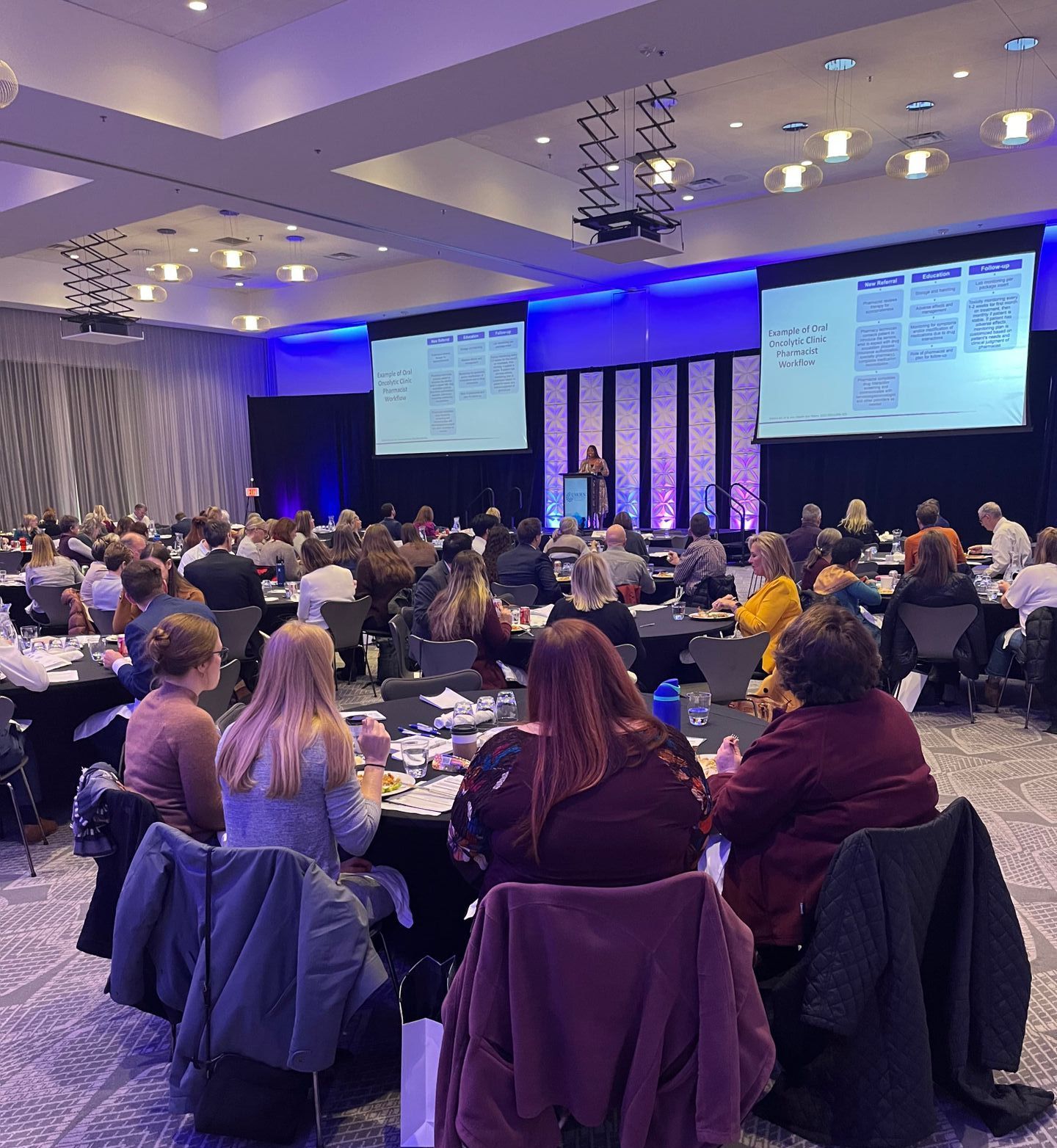
Slide title
Write your caption hereButtonSlide title
Write your caption hereButtonSlide title
Write your caption hereButton
Blogs
Community Resource Solutions Group
Transforming Health Equity Initiatives with Proven Strategies and Insights.
Business Hours
Mon-Fri 9 am-5 pm
Houston, TX
TeL: 346-436-7986
MENU
STAY CONNECTED
Contact Us
We will get back to you as soon as possible.
Please try again later.



